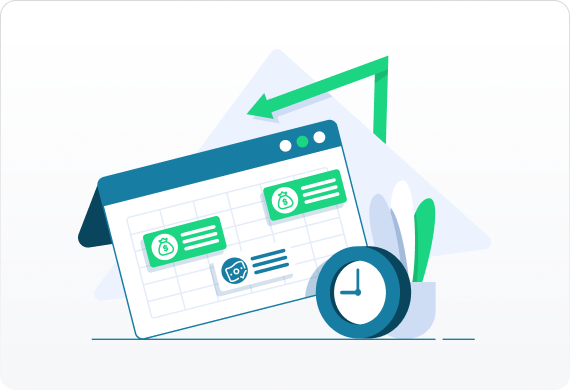Consumers in the United States spend $1.83 billion annually on cut flowers. While some areas of the floral industry – particularly intermediates and small shops – have contracted during the past few years, there has been growth in supermarket and online florists. Between 2014 and 2019, online floral merchants saw 11.8% growth.
According to the Society of American florists, a retail floral shop generates an average of $362,318 in annual revenue. Profit margins vary widely, however, depending on the add-on’s such as vases, ribbons, or delivery services. With smart management, there’s money to be made in the floral industry.
If you’ve been thinking of opening a new floral shop, or expanding an existing shop through adding services and online sales, you might not have the cash reserves to fund your plans. Borrowing could be a smart choice.
If you already know that it’s time to take out a loan, take a few minutes to apply for a business loan online. But if you don’t have a good grasp on your funding needs, or are unsure which is the best loan product for your business, read on.







